講座大師
第 25 屆講座大師 |
|---|
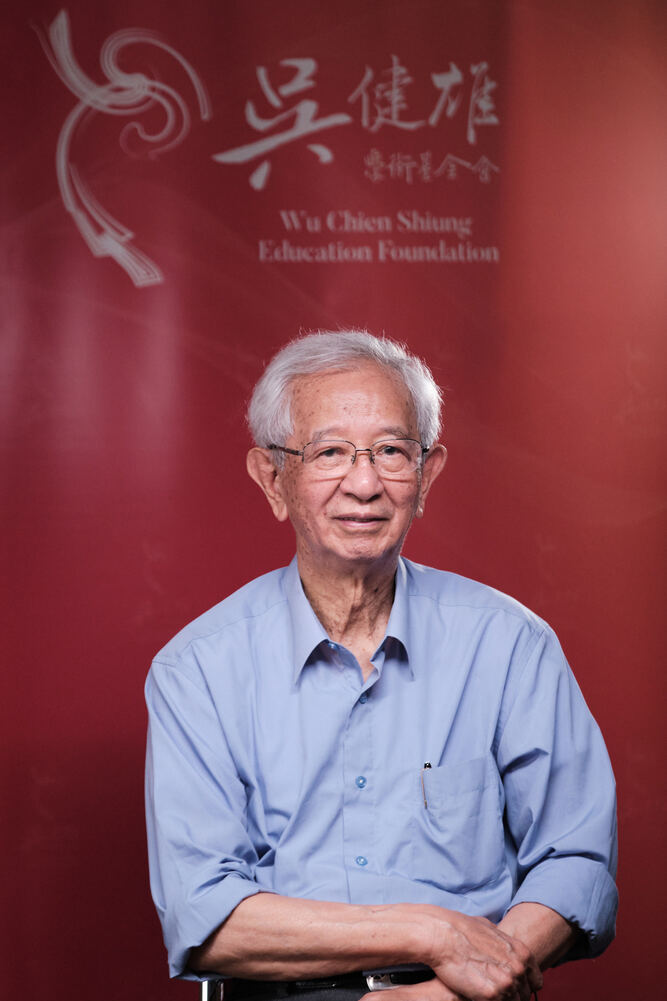
李遠哲 博士 (Dr. Yuan-Tseh Lee)1986年諾貝爾化學獎得主 美國際科學理事會前會長,中央研究院前院長 美國國家科學院院士、中央研究院院士 |
|---|
| 我們正在改變我們的大氣層 |
|
從上個世紀的中葉,由於人口暴增,人均消費的大量增加,人類在地球上開始超載了。也就是說太陽已不能夠把人類產生的東西循環回歸到大自然。環境的破壞,使人類在地球上的永續發展,不但變成很嚴重的問題,極端氣候與可能發生的突變,將使人類在地球上的生存受到嚴重的威脅。 環境變遷中的一個重要因素,是人類使用的能源,在工業革命之後開始過度依賴化石燃料。它燃燒產生的二氧化碳在大氣中的增加,嚴重地影響地表上「吸收」與「放出」的能量平衡。非常明顯地,我們已看到地表「吸收」的能量比「放出」的能量多,也開始量測到地表溫度的上升所與它帶來的氣候變遷。 2015年12月在巴黎召開的COP21會議,195個國家領袖得到一個共識,那就是人類社會必須急速「減碳」,也就是在這個世紀的下半葉,全球要達成「碳平衡」的狀態,也就是要達到人類社會產生的溫室氣體能夠讓大自然完全吸收。 臺灣在過去半個世紀內的經濟發展,是在能源(化石燃料)能夠在世界市場上充分取得,把產生的二氧化碳無止境地排放在大氣中的條件下所得到的。現在這兩個條件已不復存在時,能源的轉型與社會的轉型變成為非常迫切的問題。這場演講,將從世界的變遷中,探討臺灣能源的轉型與我們該有的認識及決心。 |
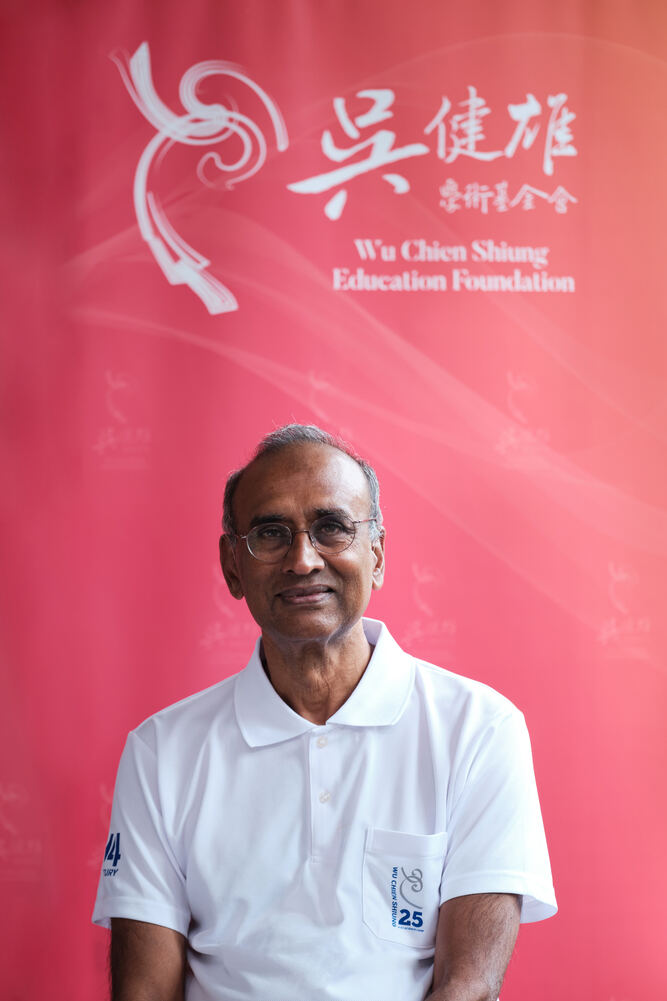
Dr. Venkatraman Ramakrishnan2009 年諾貝爾化學獎得主 前英國皇家學會會長(2015-2020) 美國國家科學院院士 |
|---|
|
My adventures in the ribosome
我在核醣體的奇遇 |
|
The ribosome is the ancient and enormous molecular machine that reads genetic information on mRNA to synthesize proteins. Although it was discovered in the 1950s, it took several decades to determine an atomic structure of the ribosome because of its complexity. This talk will cover my own efforts to unravel its structure. I will also touch on my own career which took me all over the world and involved changing fields from physics to structural biology.
|
|
One hundred years of visualizing molecules
百年來的分子可視化 |
|
In science the ability to directly observe something has always driven major advances in everything from astronomy to biology. In this talk, I will describe how we were first able to visualize molecules and how that has made an enormous difference to our understanding of the chemistry of life
|
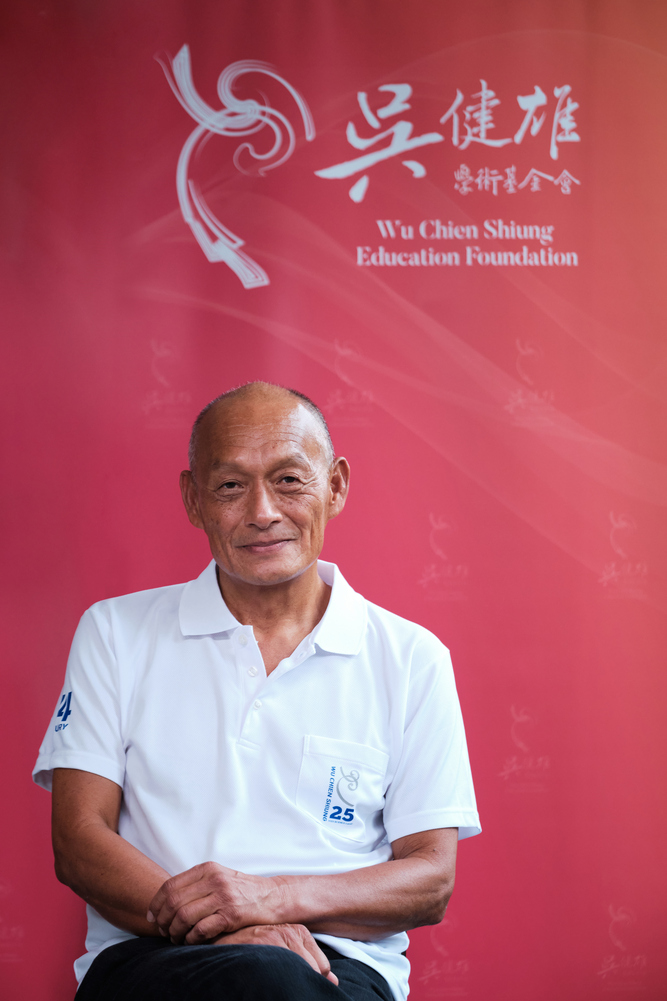
何文程 教授 (Dr. Wilson Ho)加州大學爾灣分校物理系和化學系講座教授 美國國家科學院院士 中央研究院院士 |
|---|
|
Infinite Number of Steps between Upstairs and Downstairs
「在樓上」和「在樓下」之間有無限多種的組態 |
|
Electronics fabricated at present by the TSMC is based on operations on a classical bit (bit) having two possible states “0” or “1”, or “low” or “high”. Either you are upstairs or downstairs, and no other possibilities. The electronic circuits have become very complex and the achievement in fabrication and packaging by the TSMC is nothing short of being miraculous. About 120 years ago, quantum mechanics was invented and as far as we know, this theory is consistent with all our observations. While its truth is undeniable, there are some fundamental principles in quantum mechanics that are bewildering and counter to our intuition, such as the wave-particle duality and the superposition and entanglement phenomena. Instead of a bit restricted to only two states “0” and “1”, there can be an infinite number of states for a quantum bit (qubit), made up from the superposition or weighted sum of the two states. This intrinsic principle of quantum mechanics, the superposition principle, forms the basis for quantum computing, in contrast to the classical computing of TSMC, with potentially much faster speed. Furthermore, quantum sensing could equally provide much enhanced sensitivity for precision measurement. Quantum computing and sensing are novel and different from the many existing technologies, also based on quantum mechanics, such as the MRI, lasers, LED, cell phones, and laptops that have become indispensable in our daily lives. In this presentation, this second quantum revolution of quantum computing and sensing, based on the superposition principle, will be explored and contrasted with the existing classical computing and sensing.
|
|
A Quantum Microscope for Space-Time Sensing
一種用於時空感測的量子顯微鏡 |
|
In contrast to all other microscopes, a quantum microscope (QM) based on the scanning tunneling microscope (STM) is unique in incorporating the quantum superposition principle in its operation. This QM uses the superposition of two levels in a single hydrogen molecule as the sensor to probe the electric fields at a solid surface. In a pilot study (Science 376, 401, 2022; PRL 130, 096201, 2023) the QM demonstrates a 300-fold finer energy resolution and 0.1 angstrom spatial sensitivity of the sample’s near-field electrostatics, compared to microscopes not based on this quantum principle. Furthermore, the wave-particle duality, nonlinear Stark effects, superposition of multiple quantum states, and entanglement among adjacent two levels illustrate the sensitivity of the QM to a set of basic phenomena underlying quantum mechanics. This QM advances precision measurement with space-time resolution by irradiating the STM junction with femtosecond THz radiation and recording in the time domain coherent oscillations of the rectified tunneling current. The common occurrence of systems with two levels within a double-well potential suggests a broad application of the QM in probing the heterogeneous distribution of static and dynamic properties of electrons in functional materials.
|
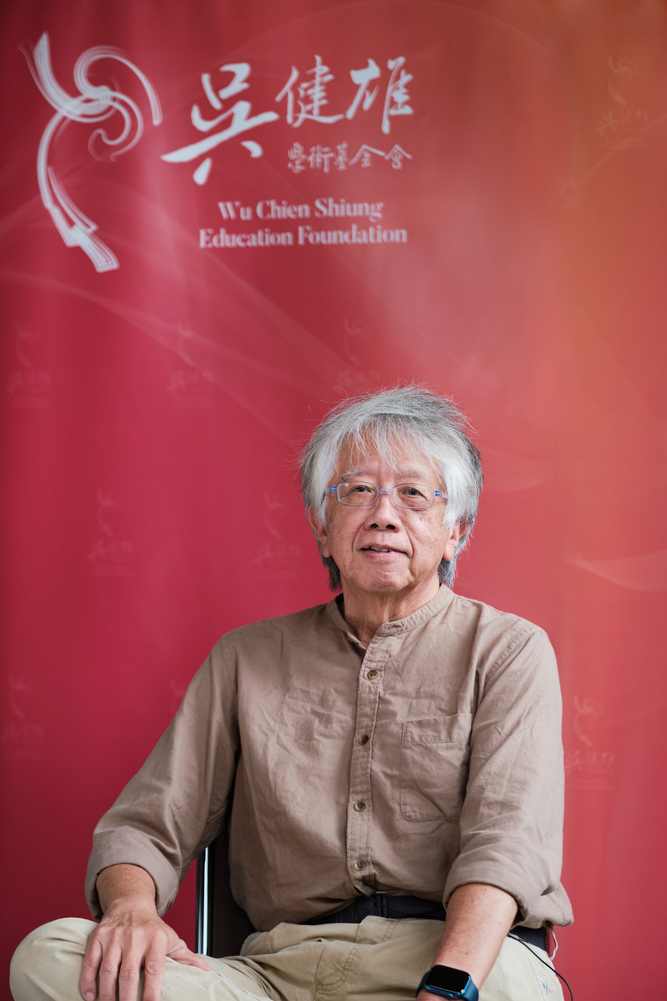
賀曾樸 教授 (Dr. Paul T. P. Ho)中央研究院天文物理研究所特聘研究員 東亞天文台台長、James Clerk Maxwell天文台台長 中央研究院院士 |
|---|
|
Studying Gravity around Black Holes
黑洞周圍的重力研究 |
|
There are three fundamental ways to study strong gravity in the vicinity of black holes: "Hearing" via Gravitational Waves, "Feeling" via the Gravitational Forces on nearby stars, and "Seeing" via the Imaging of the Shadow around black holes caused by the bending of the light due to General Relativity. The first two types of studies have now won the Nobel Prize in Physics in 2017 and 2020. Taiwan has played a central role in the detection of the shadows around the supermassive black holes in the M87 Galaxy and the Milky Way Galaxy, reported in 2019 and 2022. In this talk, we will explain the three experiments and the story behind the work, as well as the future in this field.
|
|
Astronomy as the Stimulus for Science Education
天文學作為科學教育的激勵因素 |
|
Astronomy addresses the critical questions of "origins", such as origin of life, origin of the universe, origin of our solar system and our planets. Seeking answers to such fundamental questions have always been of interest to the public and even very young children. Astronomy provides the tools and technology which allows the advancement of science and society. Developments of telescopes, CCD cameras, nuclear energy, all have origins in the study of the universe. Future fields such as big-data science, artificial intelligence, novel material science, are all currently pursued in astronomy. For these reasons, we hope that the next generation of young people will take interests in the development of science and technology as the solutions for the future.
|
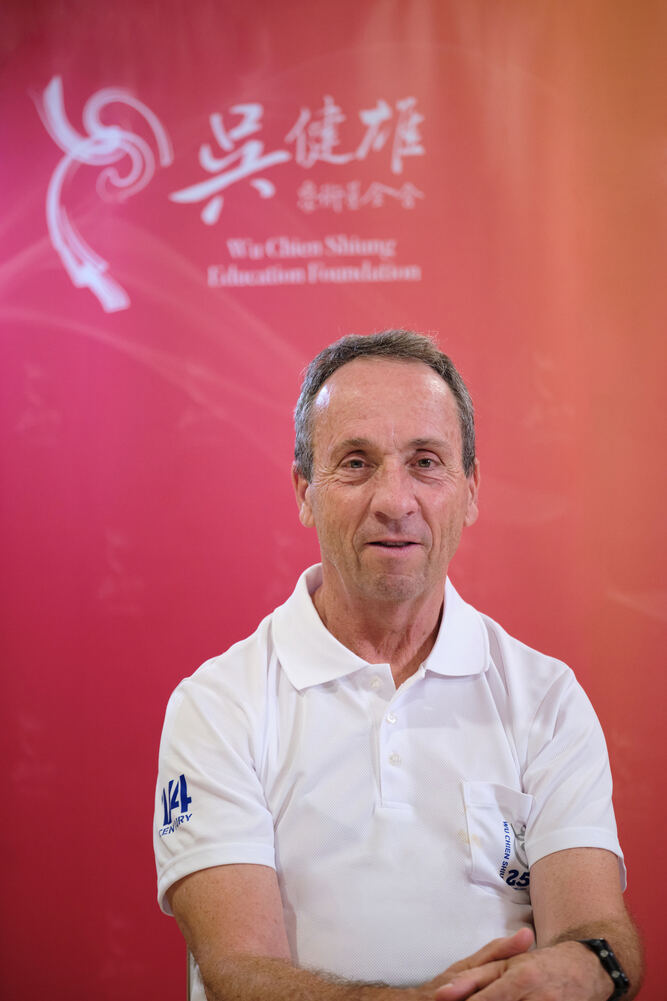
Dr. Alec M. Wodtke德國哥廷根大學物理化學研究所教授 德國馬克斯·普朗克多領域科學研究所所長 |
|---|
|
Progress toward building the world’s greatest microscope: The joys of making theory and experiment work together
邁向建造世界上最偉大的顯微鏡:理論與實驗相輔相成的喜悅 |
|
In a 1967 episode of the iconic television series Star Trek (Raumschiff Enterprise auf Deutsch), Mr. Spock explained:
|